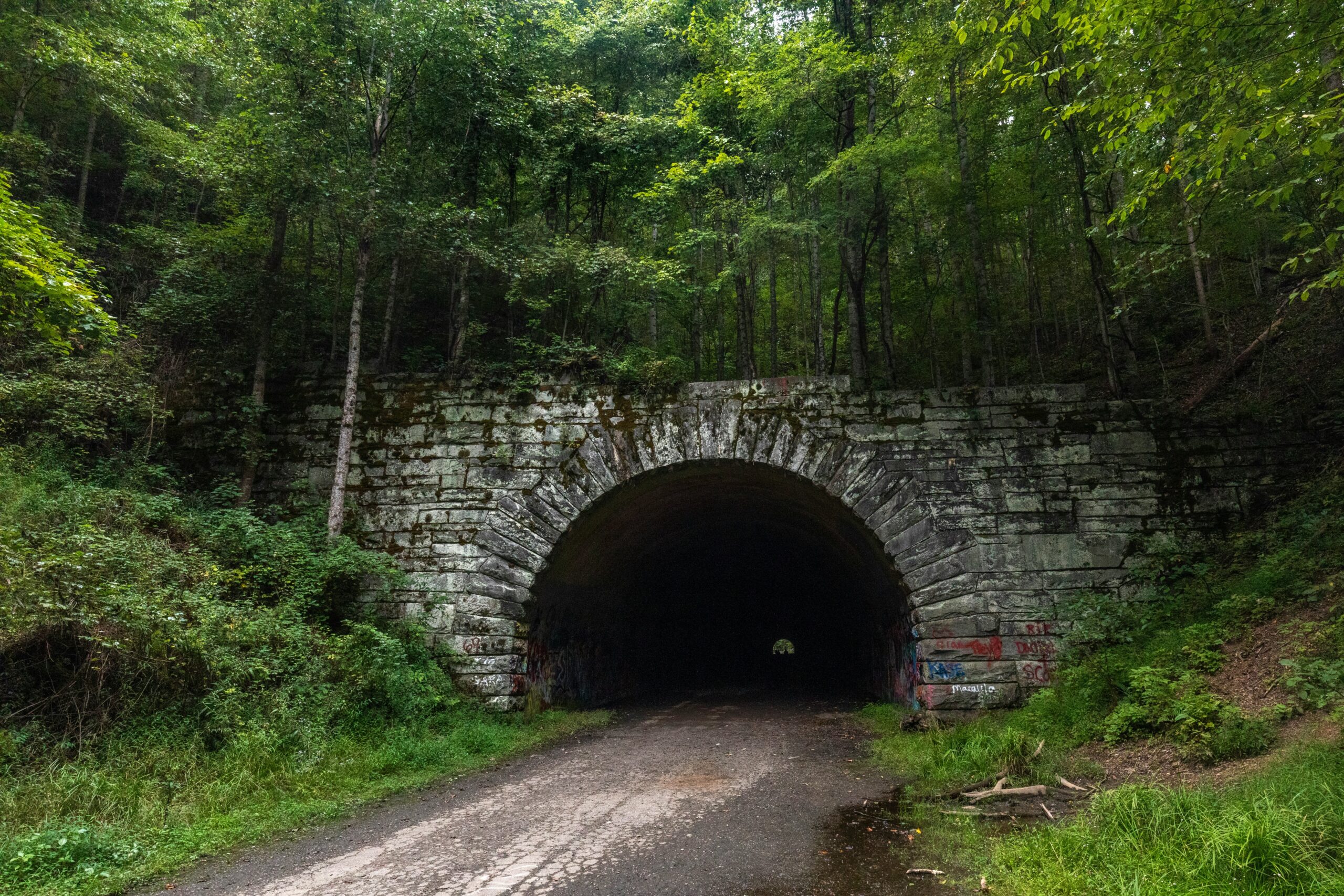
Roadways stretch across continents, connecting cities, communities, and economies. Yet, while they symbolize progress, they also divide landscapes that countless species depend on for survival. Every year, roads disrupt wildlife migration, creating dangerous barriers for animals that need to move between feeding and breeding grounds. As human development expands, road design must evolve to balance safety, mobility, and environmental stewardship. Forward-thinking infrastructure can reduce animal-vehicle collisions, preserve ecosystems, and support sustainable coexistence between humans and wildlife.
The Challenge of Roads and Wildlife Migration
As road networks grow denser, animals face increasing obstacles when crossing them. Traditional roads often fail to account for wildlife migration, forcing animals to navigate high-speed traffic and human activity. Many species follow instinctive migratory routes that have existed for centuries, yet the introduction of highways fragments these paths. This fragmentation limits access to resources, isolates populations, and threatens genetic diversity. Moreover, it increases the likelihood of accidents endangering both animals and drivers, underscoring the urgent need for safer design solutions.
Despite these challenges, modern engineering offers hope. When planners integrate ecological understanding into infrastructure design, they can help preserve natural movement patterns. Roads designed with ecological corridors, wildlife crossings, and reduced-speed zones in sensitive areas encourage safer coexistence. Rather than viewing animals as obstacles, designers can view them as vital components of the landscape that must be protected. Through these efforts, wildlife migration can continue without posing unnecessary risks to either species or people.
Incorporating Wildlife Corridors into Road Planning
Wildlife corridors are essential for reconnecting fragmented habitats. These corridors—whether underpasses, overpasses, or natural bridges—allow animals to cross safely beneath or above busy highways. When integrated effectively into road systems, they maintain the natural flow of wildlife migration and dramatically reduce collision rates. The design of these crossings varies depending on the terrain, the species present, and local ecological conditions. For example, wide overpasses covered with native vegetation mimic the surrounding environment, helping animals feel safe as they cross.
Implementing wildlife corridors requires collaboration among ecologists, engineers, and policymakers. Each plays a crucial role in ensuring that crossings are placed strategically where animals naturally travel. By studying migration data, authorities can pinpoint the best locations for these structures. Additionally, the success of corridors depends on continuous monitoring and maintenance. Roads that blend safety with sustainability not only protect animals but also enhance public perception of infrastructure projects as responsible and forward-looking.
Designing Roads That Blend with Nature
One of the most effective ways to protect migrating species is to design roads that harmonize with their natural surroundings. Engineers can reduce the ecological footprint of roads by using natural materials, avoiding critical breeding zones, and minimizing light pollution. This approach fosters safer travel for nocturnal species whose wildlife migration patterns are often disrupted by artificial lighting. Furthermore, incorporating natural drainage systems and vegetation buffers along road edges can make these areas less hazardous for small animals that might wander near them.
Equally important is the placement of signage and fencing to guide animals to safe crossing points. Instead of blocking migration routes entirely, fences can direct animals to designated underpasses or overpasses. This strategy reduces random crossings and helps maintain consistent movement paths. As roads become more integrated with their ecosystems, they no longer function as barriers but as pathways that coexist with nature. Through intentional design, wildlife migration becomes safer, and roadways become more sustainable components of the landscape.
Policy and Community Involvement in Sustainable Road Design
Adequate wildlife protection on roadways depends not only on engineering but also on firm public policy and community engagement. Governments play a vital role in enforcing regulations that prioritize environmental considerations in infrastructure projects. When transportation policies require ecological impact assessments, planners can better anticipate how new roads will affect wildlife migration and habitat connectivity. Such foresight enables more innovative designs that prevent harm before it occurs, rather than relying on reactive measures after construction.
Community involvement also strengthens conservation outcomes. When residents understand the ecological importance of protecting migration routes, they are more likely to support initiatives like wildlife crossings and speed limits in sensitive areas. Public education campaigns can encourage drivers to remain alert in zones where animals are likely to cross, further reducing accidents. Ultimately, creating safer roads for wildlife requires cooperation at every level—engineers, lawmakers, conservationists, and citizens all share responsibility for preserving nature’s balance.
Innovations and the Future of Eco-Friendly Road Engineering
Advancements in technology continue to transform the way engineers approach road design. Modern sensors, tracking systems, and artificial intelligence can now monitor wildlife migration patterns in real time. These tools provide valuable data on animal movement, helping planners adjust road layouts or crossing placements accordingly. For instance, motion-activated lighting and vehicle detection systems can alert drivers when animals are nearby, significantly reducing collisions. Such innovations bring together technology and ecology in ways that benefit both humans and wildlife.
Looking ahead, sustainability will remain at the forefront of road engineering. As climate change alters migration patterns, adaptable infrastructure will be essential. Roads designed today must anticipate tomorrow’s environmental realities. By prioritizing ecosystem connectivity, engineers can create roadways that enhance mobility without compromising biodiversity. The integration of green bridges, permeable pavements, and renewable energy-powered systems demonstrates that progress and preservation are not mutually exclusive. With continued innovation, the roads of the future can lead toward a world where development and wildlife migration thrive side by side.